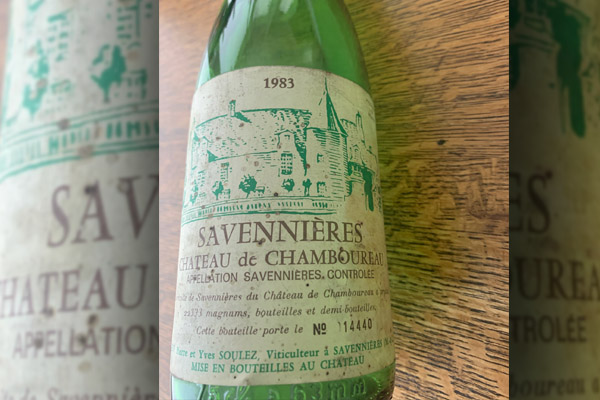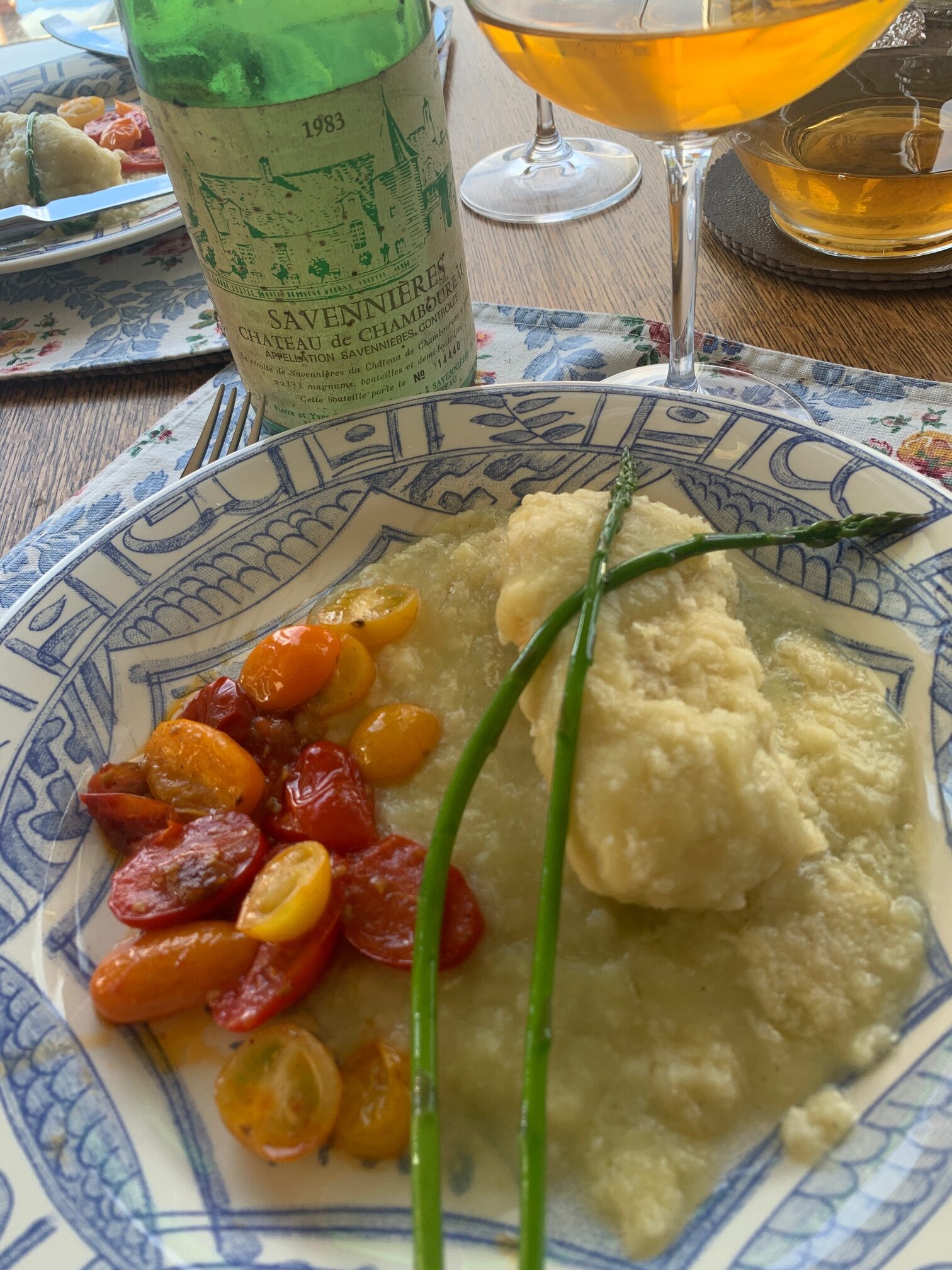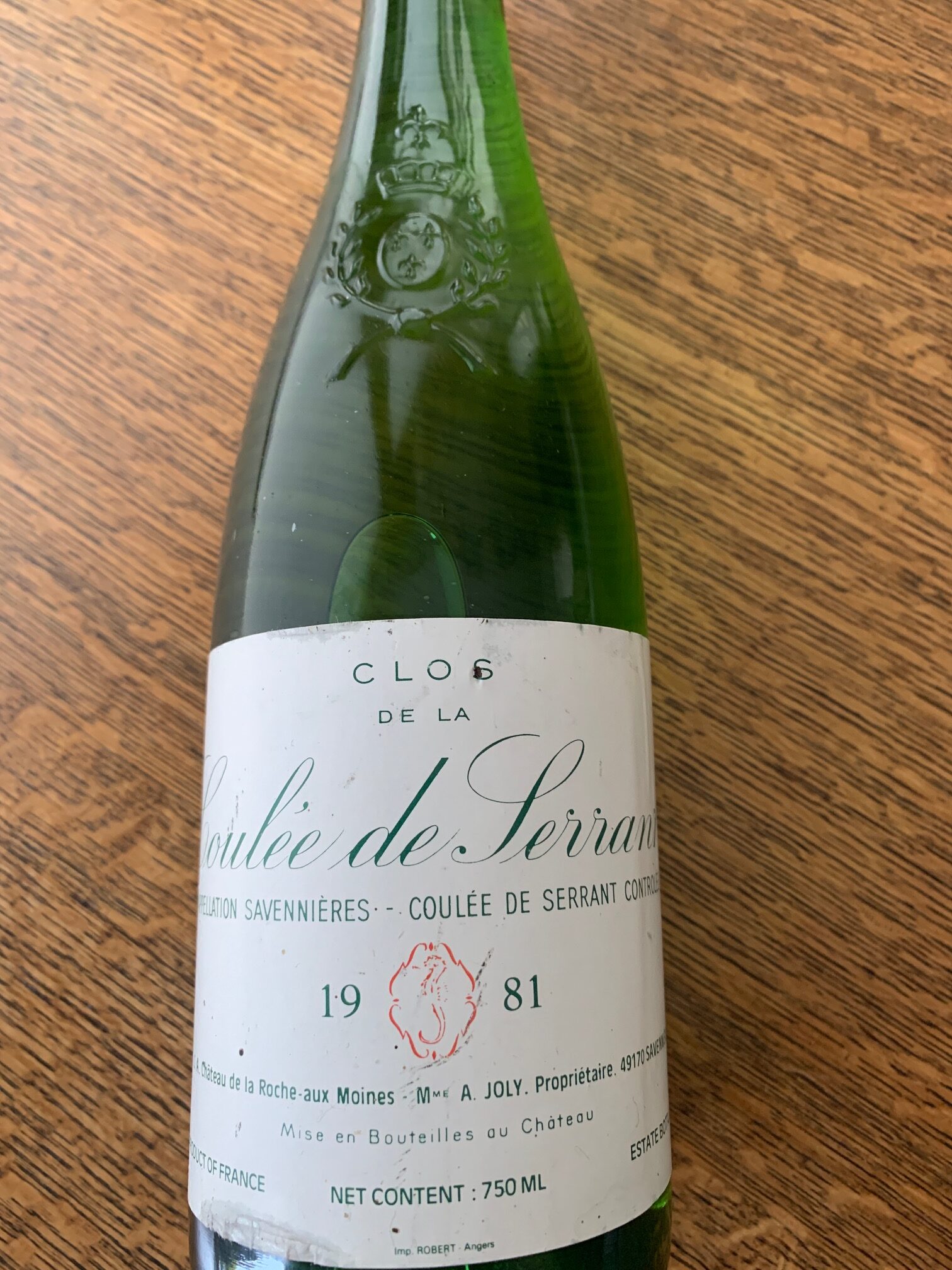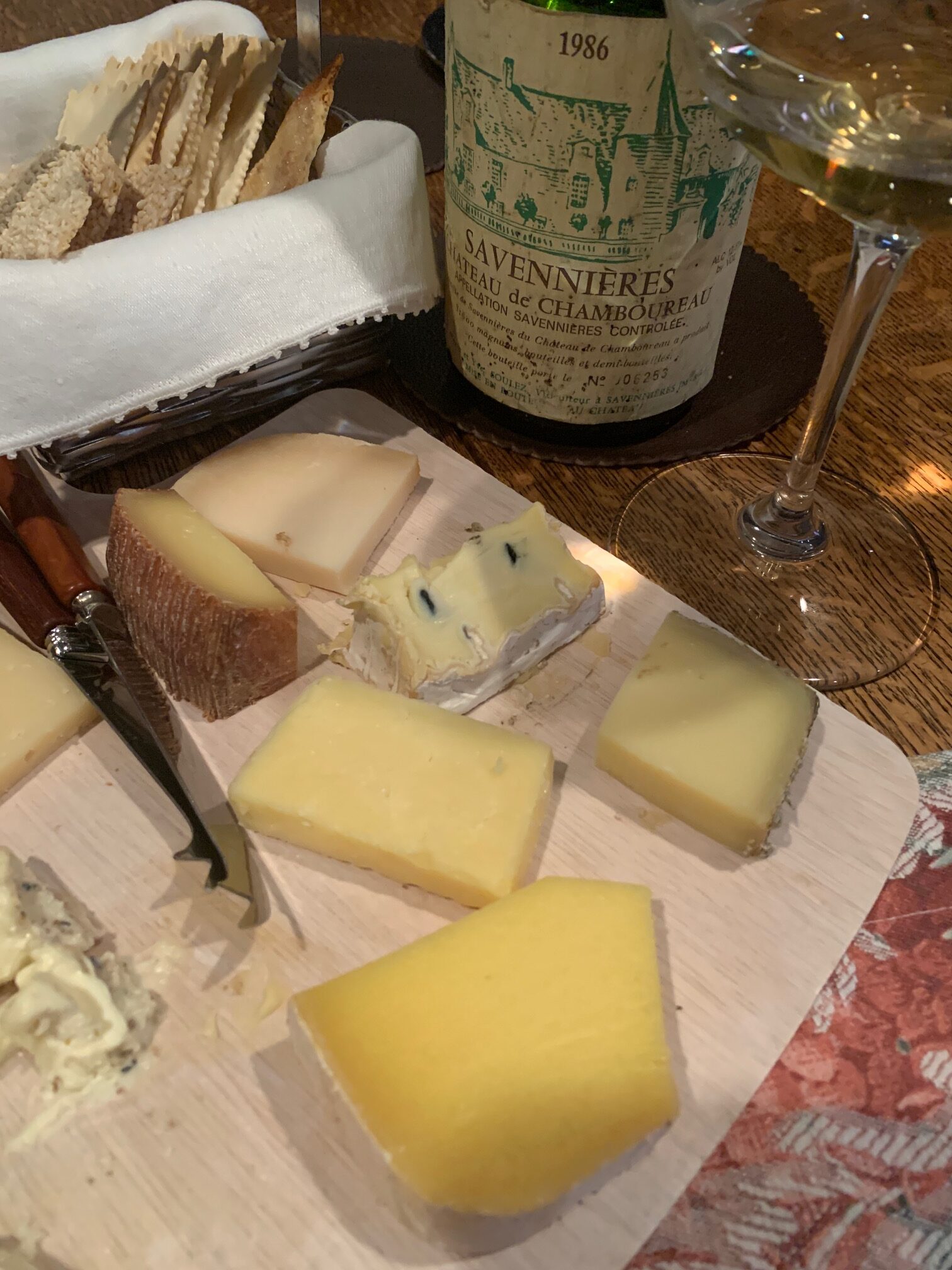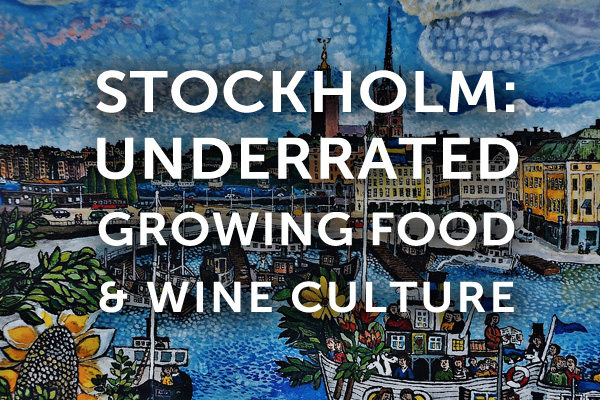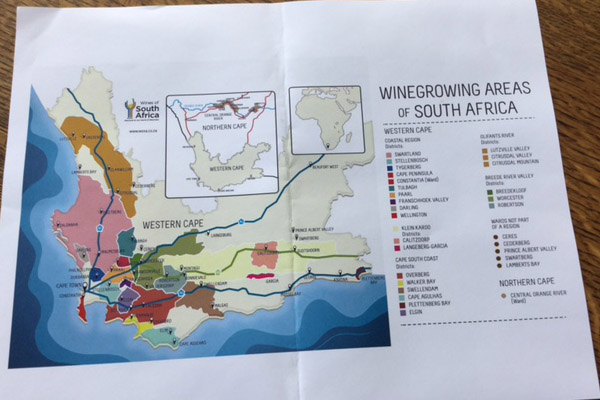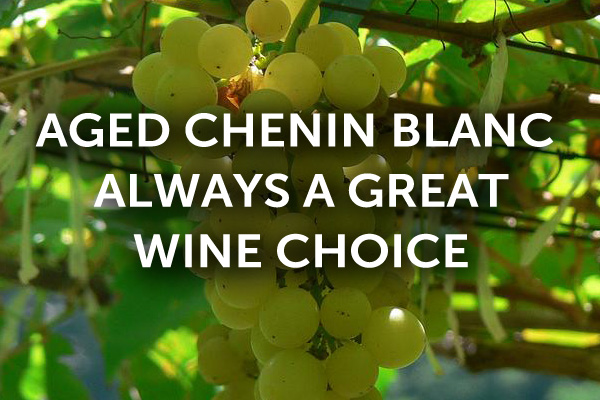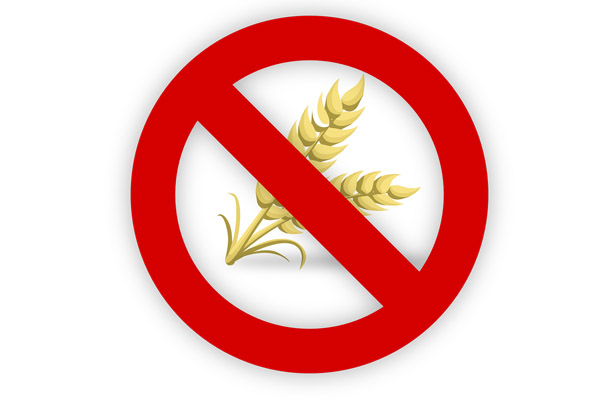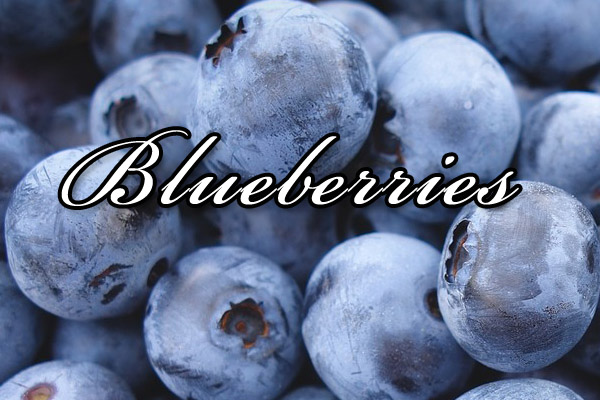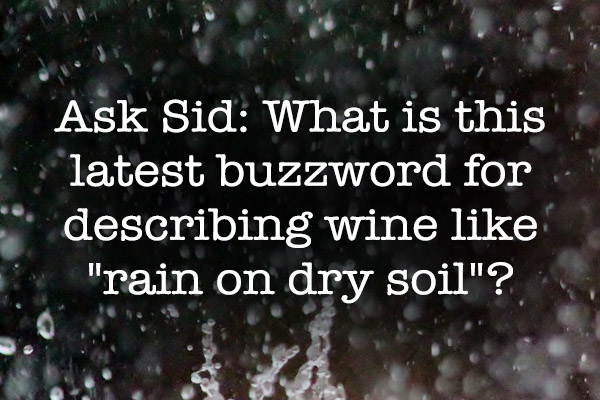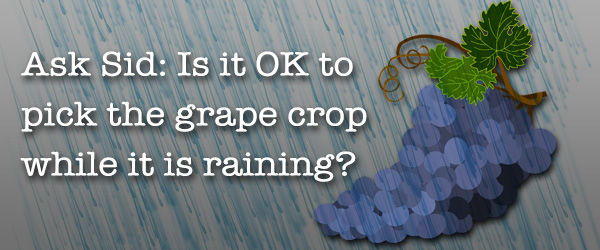 |  |
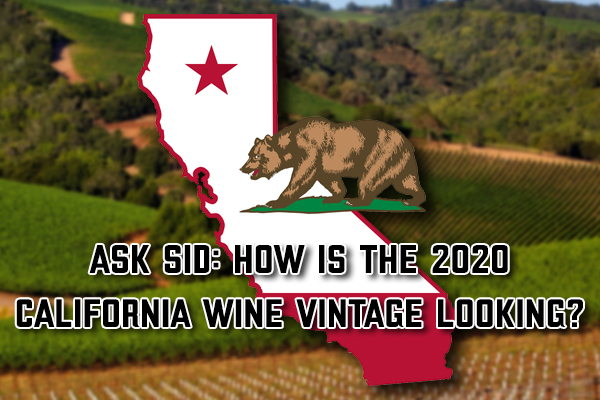
Question: How is the 2020 California wine vintage looking?
Answer: Well as we all know California is now a very diverse region for vines and wines. Even Napa Valley has 16 distinct subregions of different soils and micro-climates.As always there will be some excellent wines produced. However the early general buzz for 2020 is not that encouraging because of the Covid pandemic, heatwaves, and extensive wildfires including possible smoke taint issues. Next week there are wine seminars for trade & media by Napa Vintners as part of the 25th Premiere Napa Valley. On Tuesday June 1 Jeb Dunnuck is discussing “First look at 2020 Vintage Wines” so expect to learn more there. Early days. For comparison purposes on Wednesday June 2 Lisa Perrotti-Brown MW has “2019 Vintage Preview – Rich, Plush, and Fantastically Pure.”
You might also like:
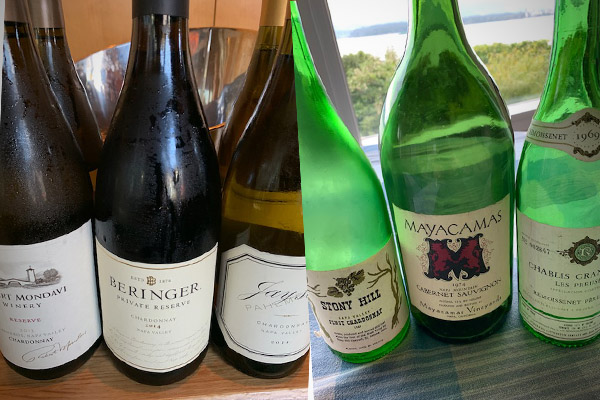 | 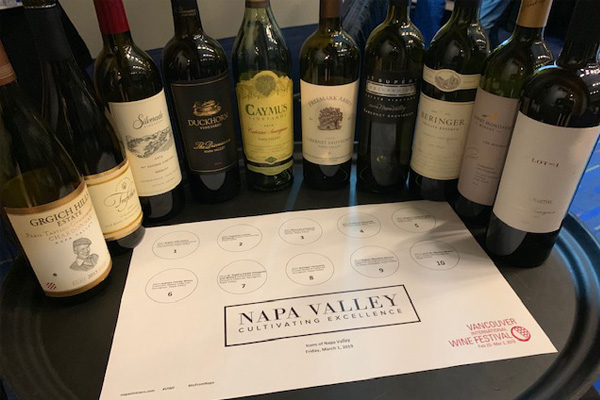 |  |
